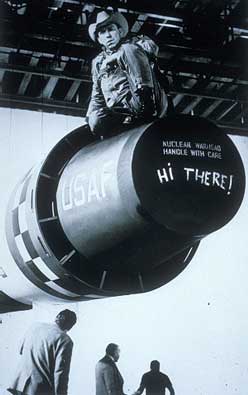
Introduction
-Intro
-semiotics
-denotation & connotation
-light & the
mechanics of vision
-the basic visual elements
-montage & Mise-en-Scene
Graphic Clues
Symbolic Clues
Literal & Symbolic Messages
Words (Language) Hold the Answer
Semiotics: The theory and study of signs and symbols, especially
as elements of language or other systems of communication.
Ferdinand de Saussure (1857-1913) pronounced Sa sue er or So see er
Rather than naming things/objects, words actually name ideas or concepts
Saussure presented an analysis of the state of language in general, an understanding of the conditions for the existence of any language.
Sign = Signifier (word-image) + Signified (concept)
Central to Saussure's understanding of the linguistic sign is the arbitrary nature of the bond between the signifier and signified. There is no natural reason why the signifier should mean what it does. The connection is arbitrary.
ex. Yahoo has icons (symbols) and text (the work "mail") which represent (act
as signifiers) for certain tasks (concepts) such as email. Without these important
clues you would have a hard time finding the emailing area of this website. 
Codes (conventions for communication)
Signs are not meaningful in isolation, but only when they are interpreted in relation to each other.
Metaphor: Reference to something through something else.
One thing conceived as representing another; a symbol. It relies upon similarity
in things. Such as in the properties which two things share.
ex.
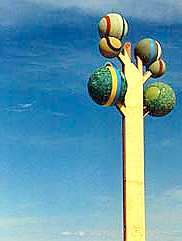
Metaphors work paradigmatically. That is, a metaphor consists of a set of signs which point to objects that are not usually associated with one another. The person experiencing the metaphor must create a syntagm that brings to mind a concept compatible with the individual's prior experience. It is this act of uncertain creativity that gives the metaphor its imaginative power.
Paradigm: A paradigm is a unique collection of signs. Or just a set of signs grouped together.
But, a bunch of signs grouped together do not necessarily create meaning. One needs some intention or reason why they are grouped and this needs to be recognizable by a viewer.
Syntagm: A new sign made from complex patterns of signs arranged from a paradigm to create meaning. This happens in art objects, as the art object can be composed of many signs in a conscious arrangement.
ex.
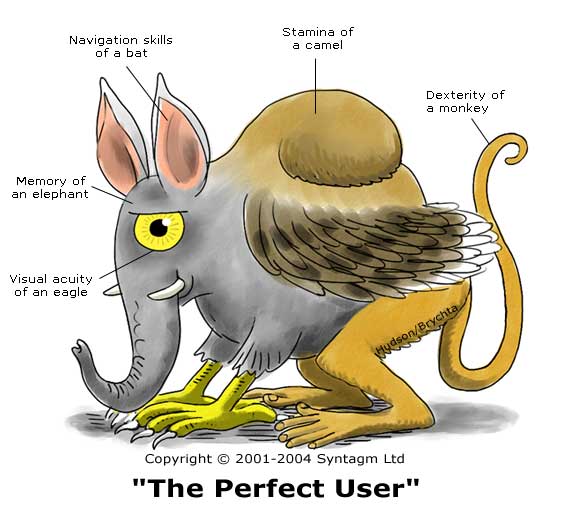
Metonymy: Reference to something or someone by naming one of its attributes.
In imagery, metonymy is rearranging the purposive relationships, the teleological shape, of things.
ex. the duck rabbit
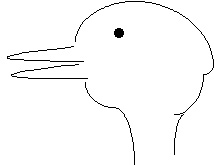
If one first sees this as a duck, to then see it as a rabbit takes something like an exercise of metonymy. What one sees as contiguous and as parts, the way in which they relate to the whole, must be rearranged.
In metonymy one plays with articulation, the relationship between meaning and reference with a view to significance, looking at contiguities and making of them something purposively different. A name for a part or contiguous object is made to re-present the whole, not just stand for the whole but in some way to refigure the whole. One plays with the contiguities and suddenly what was duck may be seen as rabbit.
ex. 2 An ad of a traffic accident might be used to represent the problem of "drunk driving."
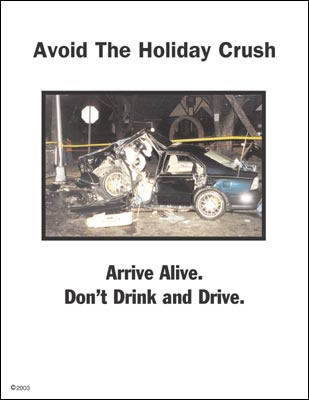
When metonyms are used in this fashion, they act syntagmatically to produce an entire narrative from a single piece of the story.
Analogy: 1. [n] similarity in some respect between things that are otherwise dissimilar: "the operation of a computer presents an interesting analogy to the working of the brain". A comparison.
A visual analogy adheres perfectly to the definition above, but strictly using visual forms.
Creating effective visual analogies can be approached in three steps:
1. Identify similar shapes contained in unrelated objects or images (object
A and object B).
2. Create a single shape (object C) from objects A and B.
3. Verify that the viewer can clearly identify both objects in the visual analogy.
ex. 1
The shape of a sun

can be compared to the shape of the dot in a lowercase "i".
![]()
a visual analogy blends the two.

Other examples of visual analogies:
ex. 1

ex. 2 Abstracting shapes unify the dissimilar objects.

ex. 3
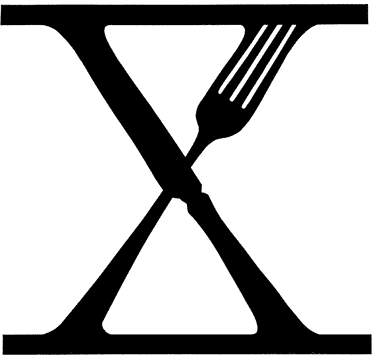
ex. 4
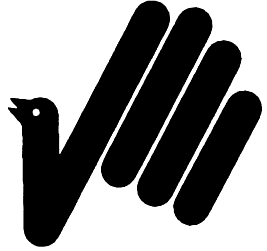
Displaced: Something that does not belong in the image.
